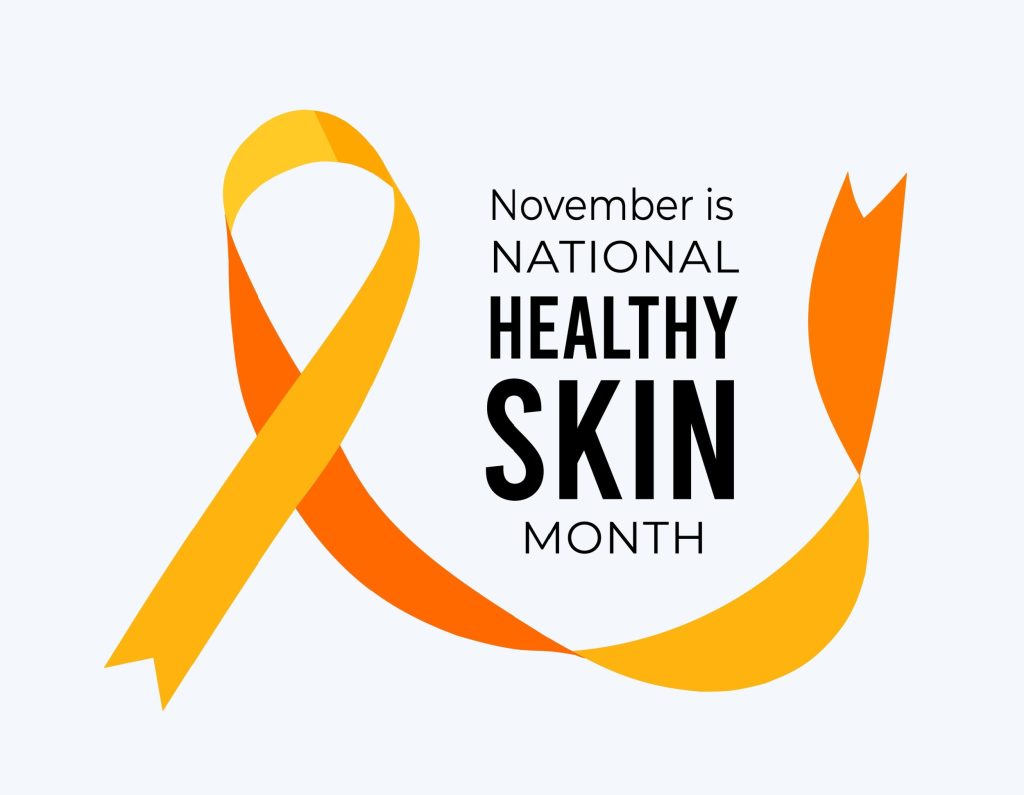
Vitiligo is more than a skin condition. It is a way of life that impacts someone’s appearance, self-esteem, emotional health, and social connectivity. Vitiligo is typically characterized by the loss of skin pigment from areas of the skin in patches due to an autoimmune skin disease. According to the Global Vitiligo Foundation, about 70 million people worldwide have the disorder. Vitiligo is not contagious or life-threatening, but because it is so difficult to hide, its effects on mental wellbeing can often be extremely challenging. The experts at Florida Dermatology and Skin Cancer Centers know how important it is to feel good about the skin you are in, so we invite you to keep reading to learn more about vitiligo, treatment options available, and support opportunities available for managing the disease.
What is Vitiligo?
Vitiligo is a genetic autoimmune skin disease that occurs when melanocytes, the cells responsible for producing melanin, stop functioning or die off due to being attacked by a person’s immune system. This results in white patches of skin that can appear anywhere on the body, including the face, hands, arms and feet, and even inside the mouth.
There are several types of vitiligo:
- Generalized vitiligo is the most common form and causes patches to appear symmetrically on both sides of the body. For example, if you have a patch on your right hand, you might get a similar patch on your left hand. These patches are widespread, may appear anywhere on your body, and can spread over time.
- Segmental vitiligo tends to affect only one side or one part of the body. Typically, it shows up in a small area like the side of the face. It doesn’t usually spread as widely as generalized vitiligo but does tend to appear earlier in life.
- Focal vitiligo involves just a few small patches in only one area of the body. The patches don’t follow a symmetrical pattern and usually stay localized. The white patches caused by this type of vitiligo often remain the same size and don’t always progress or get worse. In fact, in many cases, the affected areas can remain unchanged for months or even years.
How Do You Get Diagnosed with Vitiligo?
If you notice white patches or loss of pigment on your skin, the first step is to schedule an appointment with a dermatologist. Vitiligo is typically diagnosed through a combination of a medical history review, physical exam, and specific testing.
Here’s what the diagnostic process may include:
- Visual Exam: A dermatologist will look closely at the areas of depigmentation and check for patterns that are characteristic of vitiligo.
- Use of a Wood’s Lamp: This special ultraviolet light helps highlight areas of pigment loss that might not be as easily seen under normal lighting. Under the Wood’s lamp, vitiligo patches appear bright white.
- Medical History and Family Background: Your provider will look at your entire medical background and will ask if there is a history of autoimmune conditions in your family, as vitiligo is often associated with other autoimmune diseases.
- Skin Biopsy: In some cases, a small skin sample may be taken to rule out other skin disorders that mimic vitiligo.
- Blood Tests: These may be ordered to check for associated autoimmune conditions such as thyroid disease, diabetes, or pernicious anemia.
In order for a dermatologist to develop an effective treatment plan, an accurate diagnosis is needed. Early diagnosis can also help slow the progression of vitiligo.
Medical and Cosmetic Treatment Options
While there is no known cure for vitiligo, there are a number of treatments that can help manage its appearance and progression. Each person’s experience with vitiligo is unique, and treatment plans have to be tailored to fit those needs.
1. Topical Corticosteroids
These anti-inflammatory creams may help return pigment to affected areas, especially if they are started early in diagnosis. They are commonly used in cases of non-segmental vitiligo.
2. Topical Calcineurin Inhibitors
These medications, such as tacrolimus or pimecrolimus, are often used on sensitive areas like the face or genitals. They offer a safer long-term alternative to corticosteroids for some.
3. Light Therapy (Phototherapy)
Narrowband UVB therapy is a common option for widespread vitiligo. It involves regular exposure to ultraviolet light under medical supervision and has shown promising results in stimulating melanocyte activity.
4. Excimer Laser
This is a targeted form of UVB light therapy that can be used on smaller patches of vitiligo. It may be helpful for patients who do not respond to topical treatments.
5. Depigmentation Therapy
For people with extensive vitiligo covering more than 50% of the body, depigmentation (removing skin pigment) of remaining pigmented areas may be considered for a more uniform skin tone.
6. Surgical Options
Skin grafting or melanocyte transplantation may be used in some cases. These procedures are typically recommended for stable vitiligo and are often considered after other treatments have failed.
7. Cosmetic Cover-ups
High-quality skin-matching makeup or self-tanning products can help even out skin tone. While not a long-term solution, they can help boost confidence in social or professional settings.
Vitiligo’s Emotional & Psychological Impact
For those living with vitiligo, the emotional toll can be heavy. Society so often sets unrealistic standards and associates being beautiful with having perfect skin. Because of this, living with visible differences in appearance can cause people with vitiligo to report having lower self-esteem and a constant awareness of how they are perceived in public. According to studies by JAMA Dermatology, people with vitiligo may have an increased risk of anxiety and depression, particularly those with more than 5% of their body surface area affected or lesions on visible areas like the face and hands. According to a study in PubMed Central, many individuals with vitiligo report avoiding social situations, fearing negative judgment or intrusive questions about their appearance. This can lead to avoidance of social situations, especially those involving revealing clothing, like going to the beach or playing sports. Over time, this isolation can increase feelings of loneliness and reduce quality of life.
Breaking the Stigma: Vitiligo Advocacy
In recent years, there has been a growing movement to normalize and embrace skin diversity. Public figures like model Winnie Harlow have helped bring awareness to vitiligo and challenge conventional beauty standards. There has also been a rise in social media campaigns and support groups that provide platforms for people with vitiligo to share their stories, find community, and push back against the stigma.
The conversations around vitiligo are slowly changing and helping individuals reclaim their confidence.
Moving Forward with More Confidence
If you or someone you know has vitiligo, we know how hard it can be to navigate this condition. Without a cure, the autoimmune skin disease presents many challenges. However, with these challenges come just as many opportunities for growth and self-acceptance. We understand that the emotional and psychological effects are real, but so too is the amount of support and compassion throughout our communities, both personally and medically. At Florida Dermatology and Skin Cancer Centers, we take pride in offering the best in dermatological care to our patients. If you notice changes in your skin and are concerned you may have vitiligo, please contact one of our office locations to set up an appointment today.
About Us
FLDSCC’s team of providers are experts in diagnosing and treating skin cancers; skin conditions and diseases such as eczema, rosacea, dry skin, rashes, and warts; and chronic skin diseases and infections, while simultaneously tackling aging skin, wound care, and a multitude of other skin, hair, and nail concerns.
Several FLDSCC providers are fellowship-trained in Mohs micrographic surgery, an effective state-of-the-art treatment for most types of skin cancers. Mohs surgery involves minimal discomfort and encourages the greatest preservation of healthy tissue, which means less risk of scarring and superior cosmetic results.
FLDSCC has many convenient locations throughout the state. For more information, visit www.fldscc.com, or call (855) FLD-SKIN.


